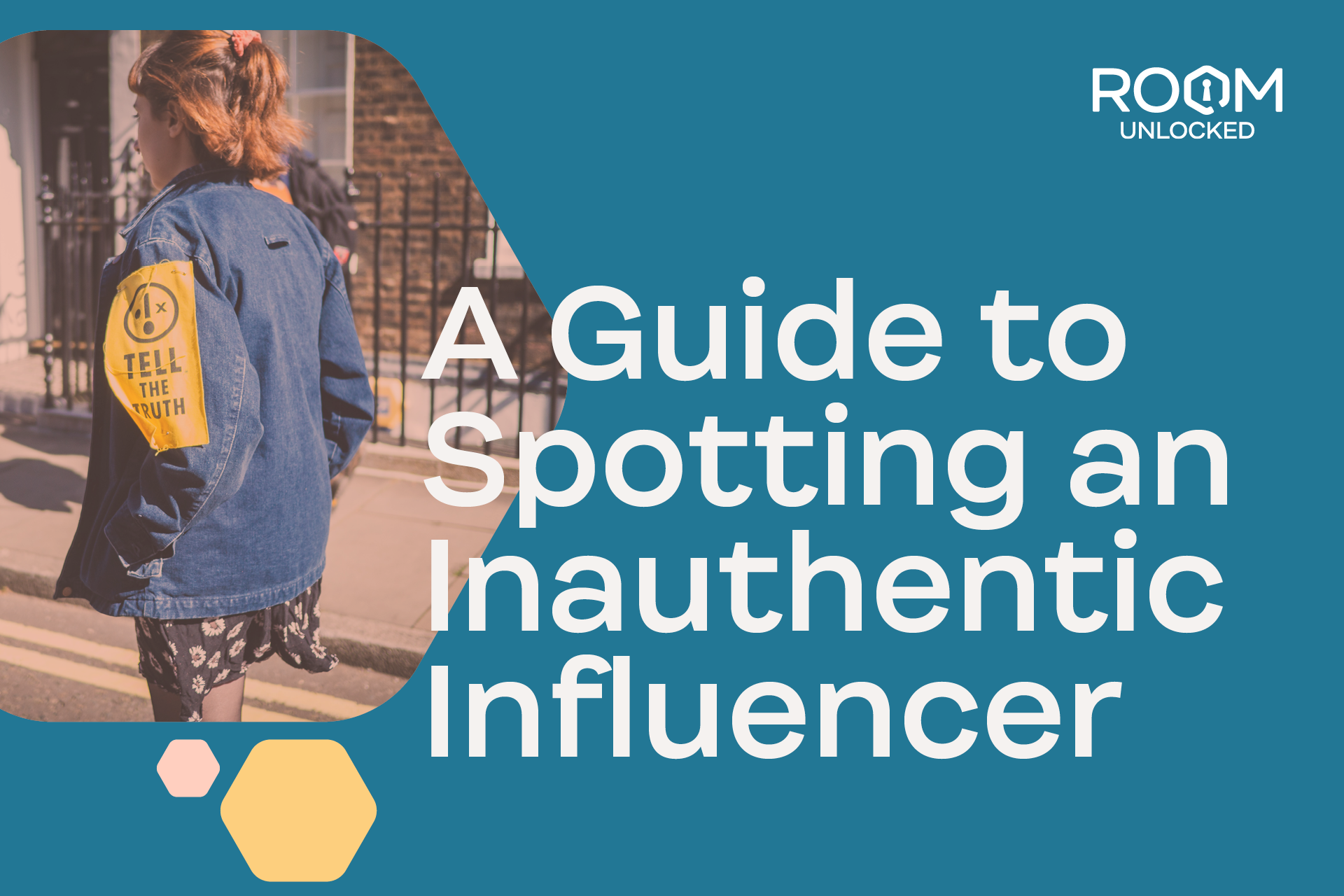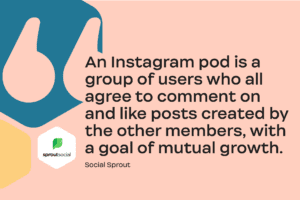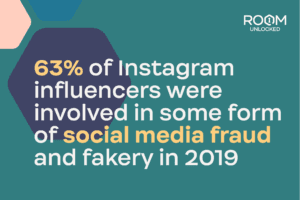
In the world of influencer marketing, authenticity is the word on everybody's lips. People no longer believe or trust every shameless paid ad an influencer shares. Brands have to work with influencers that fit their niche and believe in what they do.
With the rise of social media platforms like BeReal. encouraging authentic social media coverage, it's clear to see which way consumers are heading.
We talk about authenticity a lot as we, as a community, attempt to break the cycle of false promotion. And with new laws constantly emerging to tackle this issue, working with authentic influencers is crucial to a successful influencer marketing strategy in 2022.
Unfortunately, as with anything, there's always going to be a loophole. Which, in this case, is a niche group of influencers that try to trick the system into thinking they're authentic.
The latest example of this is known as 'podding.'
Often influencers in similar industries will spam their 'friends’ with likes, comments, and shares to show support in return for the same engagement on their posts. Doesn't seem like too much of a problem? In the grand scheme of things, it's not. But as consumers wise up to selling tactics and inauthenticity, stuff like this can affect buyers' perceptions of your brand.
'An Instagram pod is a group of users who all agree to comment on and like posts created by the other members, with a goal of mutual growth.' - Social Sprout

So basically, It's when a group of up to 32 influencers join a group chat on Instagram, then when one of them posts, they send it to the group via DM, and then everyone in the group will like and comment on the post. Often, these influencers are in several different Instagram' pods', quickly earning dozens of comments on their posts.
They are then able to further this inauthentic engagement by writing buying-related comments, such as "WOW, need this!", "Where's this from?" or "Thanks so much, just put in my order!"
There's an argument that this engagement is positive for brands as it is encouraging towards sales and ultimately delivers a whole load of eyeballs.. Think about it; you've got a ton of like-minded creators endorsing your product to their follower base without any payment or value exchange required.
It's worth mentioning that just as fans or followers don't blindly support an influencer and agree with everything they say or promote, neither will peer influencers. Despite the engagement being encouraged, there is a safety net that doesn't mean they don't think it's a great post!
However, of course, the ethical implications must come into play at some point.
63% of Instagram influencers were involved in some form of social media fraud and fakery in 2019, which decreased by 8% in 2020, showing that we're heading in the right direction for an ‘Age of Authenticity’

So don't let your brand be the one to get caught out working with a fake or inauthentic influencer, especially when you're going out of your way to follow an authentic influencer marketing strategy.
To spot a fake influencer, we must first define one.
A fake influencer is someone who purchases or exchanges followers, likes, and comments to improve engagement artificially.
One thing you can do to identify a fake is check their follower list and have a look through the type of accounts following them. Do they have profile pictures? Any followers? Any posts? If they're missing these things, then chances are they're a bot, and the influencer has bought them.
It's super easy to spot these kinds of accounts; a few shouldn't be a red flag but if their follower list is filled with dodgy profiles, then avoid working with them.
Oftentimes larger influencers will be verified on Instagram with a blue tick badge. But when working with micro-influencers, it's less common for them to have this verification status.
Another way to test authenticity is to check their other social media accounts (which are often linked in their bio) to see if everything is consistent across the platforms in terms of the type of content, likes, comments, followers, etc. Fake or inauthentic influencers don't tend to bother keeping it up across several platforms.
An inauthentic or fake influencer puts less time and effort into producing quality content; they don't need to because they take shortcuts in their engagement! So spend some time checking out their content. How frequently do they post, and how good is the quality of their posts? Is it consistent? You'll know if something feels off.
We spoke about podding earlier. It's pretty easy to spot; check the comments of other sponsored posts, and see if they regularly have the same 15+ influencers adding encouraging or buying related comments on their posts. It's normal for an influencer to have a network of other influencers, and they shouldn't be shamed for doing this. But if it's starting to look engineered, chances are it probably is, and you should avoid working with them for the sake of your brand rep.
I know I've spent this entire article drilling it into you that consistency is key. So I'm sorry to say that there's such a thing as being too consistent. The sad reality for brands is that sponsored posts do earn less engagement. People don't like being sold to, and that's why it's so essential to make sponsored content well targeted, entertaining and authentic.
Have a look through the influencer's sponsored posts. Are they earning the same or more engagement stats on a basic sponsored post as they are on non-sponsored content? Do they have the same number of likes and comments on every post despite different factors such as time of post and quality of content? Something smells off here!
Taking the extra time to research who you're working with and avoiding influencers with any sign of inauthenticity will be more than worthwhile for your brand in the long run. And hey, if you're ever in doubt, you could always choose The Room. We carry out our own thorough verification process before accepting members onto our platform.
If you'd like us to show you how our influencer marketing platform can help attract the advocates who adore you most and rapidly grow your reach with authentic content, get in touch.